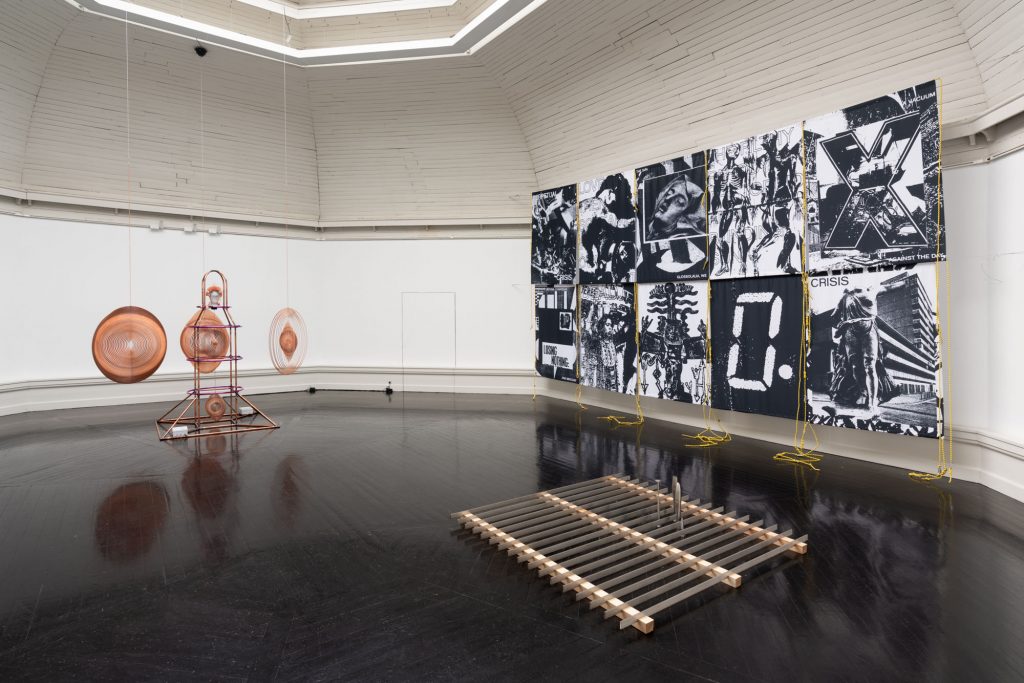The primary purpose of Den Frie Centre of Contemporary Art is to show exhibitions rooted in the collective tradition and is especially focused on contemporary artistic communities, artists’ associations and experimental groups and networks.
The house is built and owned by artists with the fundamental aim to show the latest in contemporary art. Through approximately 10 exhibitions each year, Den Frie presents an interesting and varied exhibition program with both Danish and international artists, all of which relate to current issues. The house functions as a platform for contemporary art productions with participation of a great variety of artists and close dialogue between artworks, artists and audience.
Located in one of Copenhagen’s most remarkable buildings, designed by J.F. Willumsen in 1898, the facade of the building is decorated with a figure of Pegasus with a youth on its back, which in Greek mythology symbolises free art and inspiration of poet. The mantra was then, as it is today, that Den Frie is “highly absorbed in its contemporary age”.
History
Den Frie Centre of Contemporary Art holds a significant place in Danish art history and the current art scene. The building was originally constructed in 1898 at Vesterport by the pioneering artist, photographer, ceramist and architect J.F. Willumsen. Willumsen is considered to be the father of the Danish art nouveau tradition, which the protected exhibition building stands as a unique example of.
The building is owned by the artists’ association Den Frie Exhibition, founded in 1891 by artists Johan Rohde, J.F. Willumsen, Vilhelm Hammershøj, the couple Harald and Agnes Slott-Møller, Christian Mourier-Petersen and Malthe Engelsted. The goal was to create an alternative to the juried exhibition at Charlottenborg, inspired by the French Salon des Refusés.
In 1893, Den Frie Exhibition moved to a location by the city hall square, and architect Thorvald Bindesbøll designed the new wooden pavilion. The same year, great international artists such as Paul Gauguin and Vincent van Gogh participated in the exhibition. Den Frie Exhibition moved to the Aborre Park in 1898, and a new wooden pavilion was designed with Willumsen as the architect. He drew inspiration from Egyptian architecture, Greek temples and mythology among other things, hence the figure of Pegasus.
In 1913, the building was torn down and moved to its present location at Oslo Plads in Copenhagen. The building was rebuilt based on the old drawings of Willumsen, and the original materials were reused. Since then, the building has been extended several times, and in 1986 Den Frie Centre of Contemporary Art was listed as a historical monument.
In the years 2012-2014, J.F. Willumsen’s building was brought back to its original design, and the extension of the house from 1954 was removed. In addition, the lower floor of the building was established, housing an exhibition room and Café Polykrom. MAA PhD Bente Lange was the architect behind the new extension, which was made possible due to generous donation by the Danish foundation A.P. Møller og Hustru Chastine Mc-Kinney Møllers Fond til almene Formaal.








Add a review